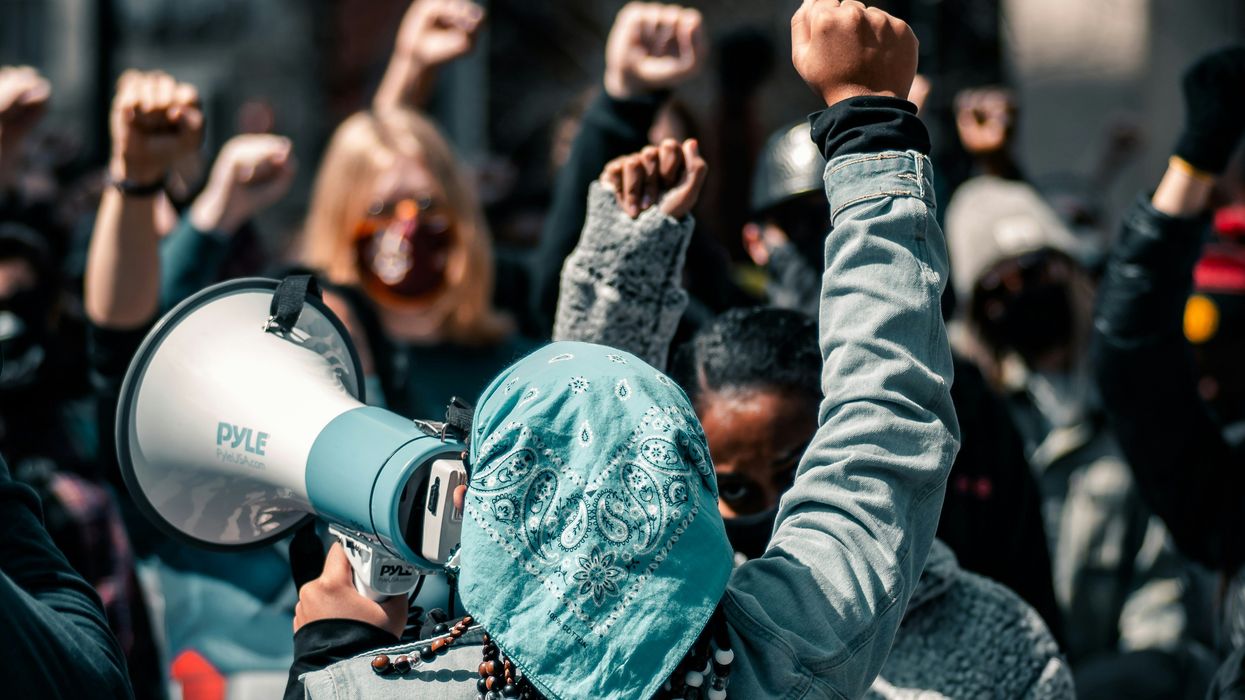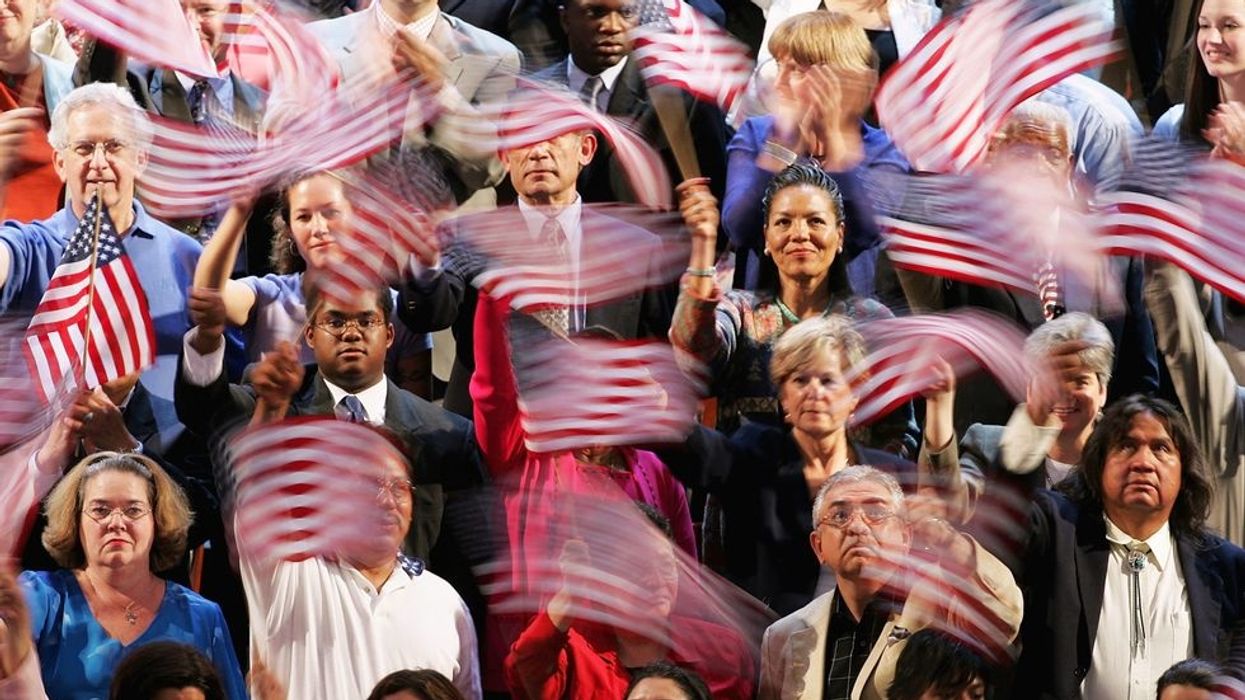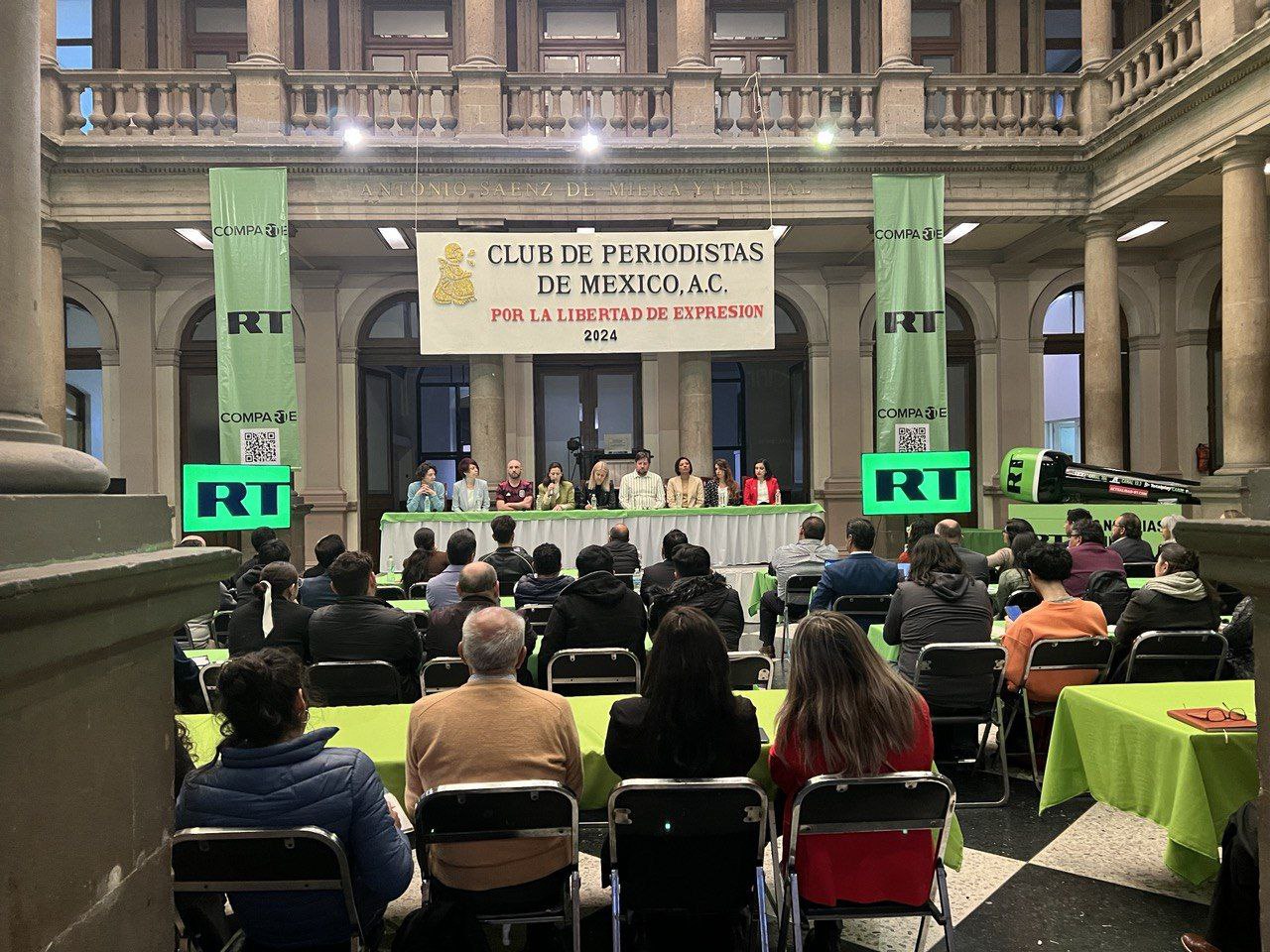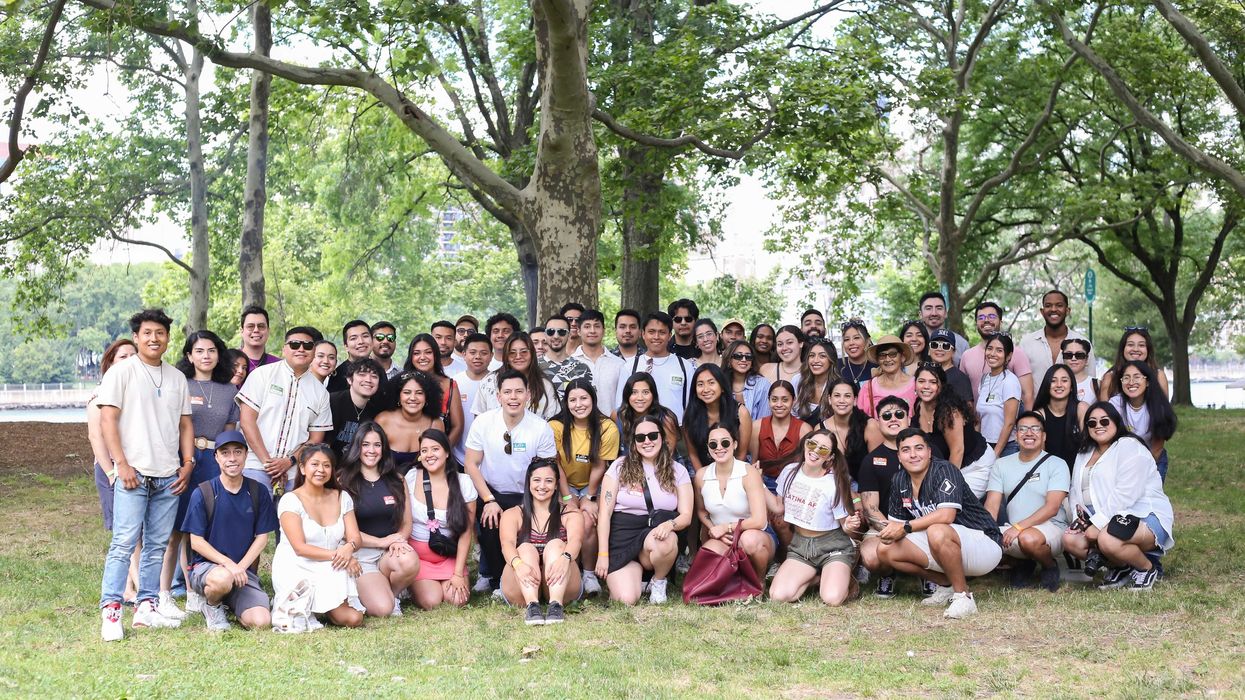This essay is part of a series by Lawyers Defending American Democracy where we demonstrate the link between the administration’s sweeping executive actions and their roots in the authoritarian blueprint, Project 2025, and show how these actions harm individuals and families throughout the country.
Trump’s Attack on Civil Rights and Academic Freedom in Higher Education
From the very start of his second term, President Trump has been on the attack against colleges and universities over two of the most precious cornerstones of our democracy: civil rights and academic freedom.
On January 21, Trump issued Executive Order 14173, entitled Ending Illegal Discrimination and Restoring Merit-Based Opportunity. The executive order targets but does not define the phrase “diversity, equity, and inclusion” (DEI).
Instead, the executive order uses highly charged and subjective language to demean DEI programs and policies throughout the economy including in higher education, calling them “dangerous, demeaning, and immoral race- and sex-based preferences” and claiming that they can violate federal civil rights laws. The executive order requires any federal aid recipient including colleges and universities and state and local education agencies to certify in any federal contract or grant that it “does not operate any programs promoting DEI that violate any applicable Federal anti-discrimination laws.”
Trump Turns DEI and Civil Rights Laws Upside Down
DEI policies and programs are not quotas or “preferences.” They are strategies to equalize opportunities for groups of people who are unfairly disadvantaged. An example includes conducting broader outreach and recruitment to expand a college applicant pool.
The goal of DEI policies and programs is to ensure fair treatment, not to give one group an unfair advantage over another. DEI enriches colleges and universities by attracting students of different experiences, backgrounds, and perspectives.
The U.S. Constitution and civil rights laws establish equal opportunity and antidiscrimination obligations. Colleges and universities that roll back DEI policies and programs risk violating anti-discrimination laws if unfair barriers persist. The executive order inhibits and even precludes lawful efforts to address discrimination and advance equal opportunity.
The executive order also undermines academic freedom and free speech by discouraging colleges and universities from teaching subjects such as the evils of slavery and the history of racism in America that illustrate the need for DEI policies and programs.
Trump’s Executive Order Stems from Project 2025
The president's executive order on DEI is tied directly to Project 2025,
whose Foreword states: “Bureaucrats at the Department of Education inject racist, anti-American, ahistorical propaganda into America’s classrooms.”
“The next conservative President must make the institutions of American civil society hard targets for woke culture warriors,” the Foreword adds, calling for the deletion of the term DEI from "every federal rule, agency regulation, contract, grant, regulation, and piece of legislation that exists.”
Chapter 11 of Project 2025, which addresses higher education in detail, calls on the next President to issue executive orders requiring an accounting of how federal programs and grants “spread DEI” and a report on “the negative influence of action civics” on students’ understanding of history and civics and their views of the United States.
Project 2025 Undermines Civil Rights Enforcement
Chapter 11 also states that enforcement of civil rights “should be based on a proper understanding of those laws.” Instead, current enforcement is based on what the Trump administration thinks a civil rights violation is, rather than on what the law says it is. The core purpose is no longer equalizing access for those historically subject to discrimination.
How the Executive Order Discriminates Against People of Color
The underlying rationale of the executive order is that racial disparities are due to innate differences in abilities, not discrimination. This long discredited and discriminatory theory is based on the contention that some races have greater abilities than others.
Some Colleges Are Caving, While Others Are Fighting Back
Shortly after Trump’s executive order was issued, Columbia University capitulated by removing DEI language from several of its websites. Then, On July 23, in exchange for the restoration of $400 million in federal funds the Trump administration had cut from the university after accusing it of not addressing antisemitism on campus, Columbia agreed to take steps that, in effect, significantly impaired its academic freedom. The university will pay $220 million to the federal government, place an academic department under receivership, and accept oversight by an independent monitor.
Harvard University fought back by refusing to comply with the executive order. The Trump administration retaliated by freezing about $2.3 billion in federal funding for Harvard research on such deadly and debilitating illnesses as pediatric cancer, Alzheimer's, and Parkinson's disease. Studies on health issues impacting diverse communities, such as cancer risks in underserved areas, were also affected.
Harvard sued to stop the funding freeze. Arguing that the Trump administration’s actions violated the university’s constitutional right to free speech, the university also asserted that the government cannot dictate what private universities can teach, whom they can admit and hire, and which areas of study they can pursue.
The University of Virginia is facing similar pressures. On June 27, Jim Ryan, its highly respected president, responded to criticism from the Trump administration over the school’s DEI practices by announcing his resignation, rather than “fight[ing] the federal government.”
Why This Matters
Academic freedom is a key pillar of democracy for all schools, not just Columbia, Harvard, and the University of Virginia. The Trump administration’s attack on a school’s right to determine what it teaches, the students it admits, and the professors it hires not only narrows the richness of the educational experience, it threatens the dissemination of knowledge. If America’s schools cannot properly provide for intellectual engagement, they will decline, and America’s students will be unable to compete and unable to think critically.
If Trump can tell schools what to teach, he can tell us what we can think. Without the freedom to think and to learn, we will no longer have a free country.
Ellen R. Hornstein is an attorney who recently retired after 35 years of service from the United States Department of Agriculture, Office of the General Counsel. For most of her career she represented the United States Forest Service. Ellen Hornstein is also a volunteer with Lawyers Defending American Democracy.

























 Source: Corporate Pero Latinos
Source: Corporate Pero Latinos Source: Corporate Pero Latinos
Source: Corporate Pero Latinos Source: Corporate Pero Latinos
Source: Corporate Pero Latinos